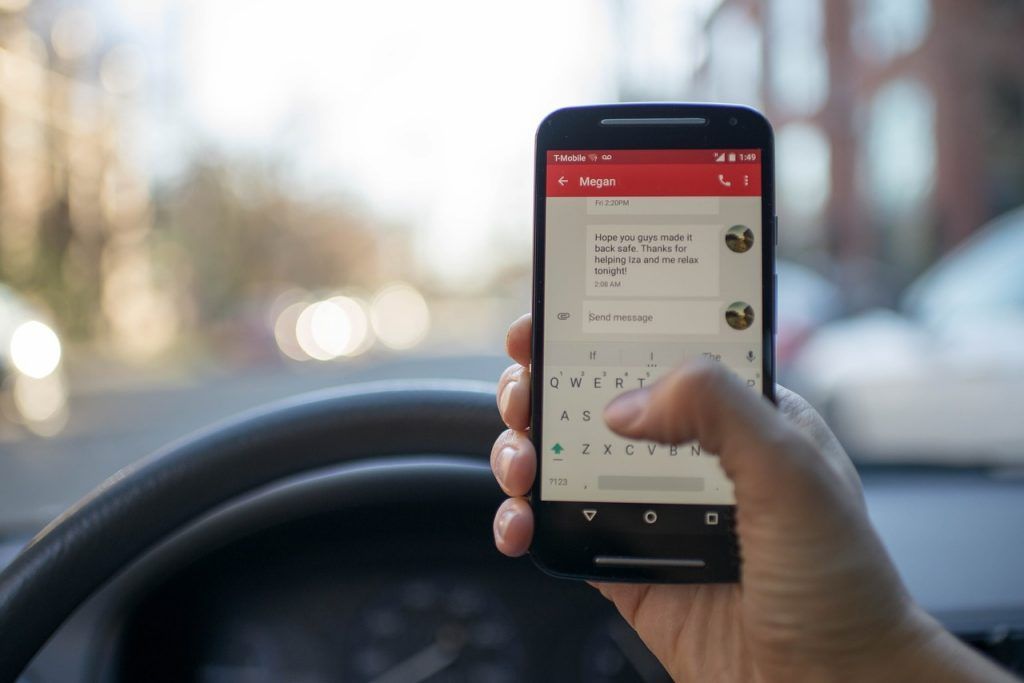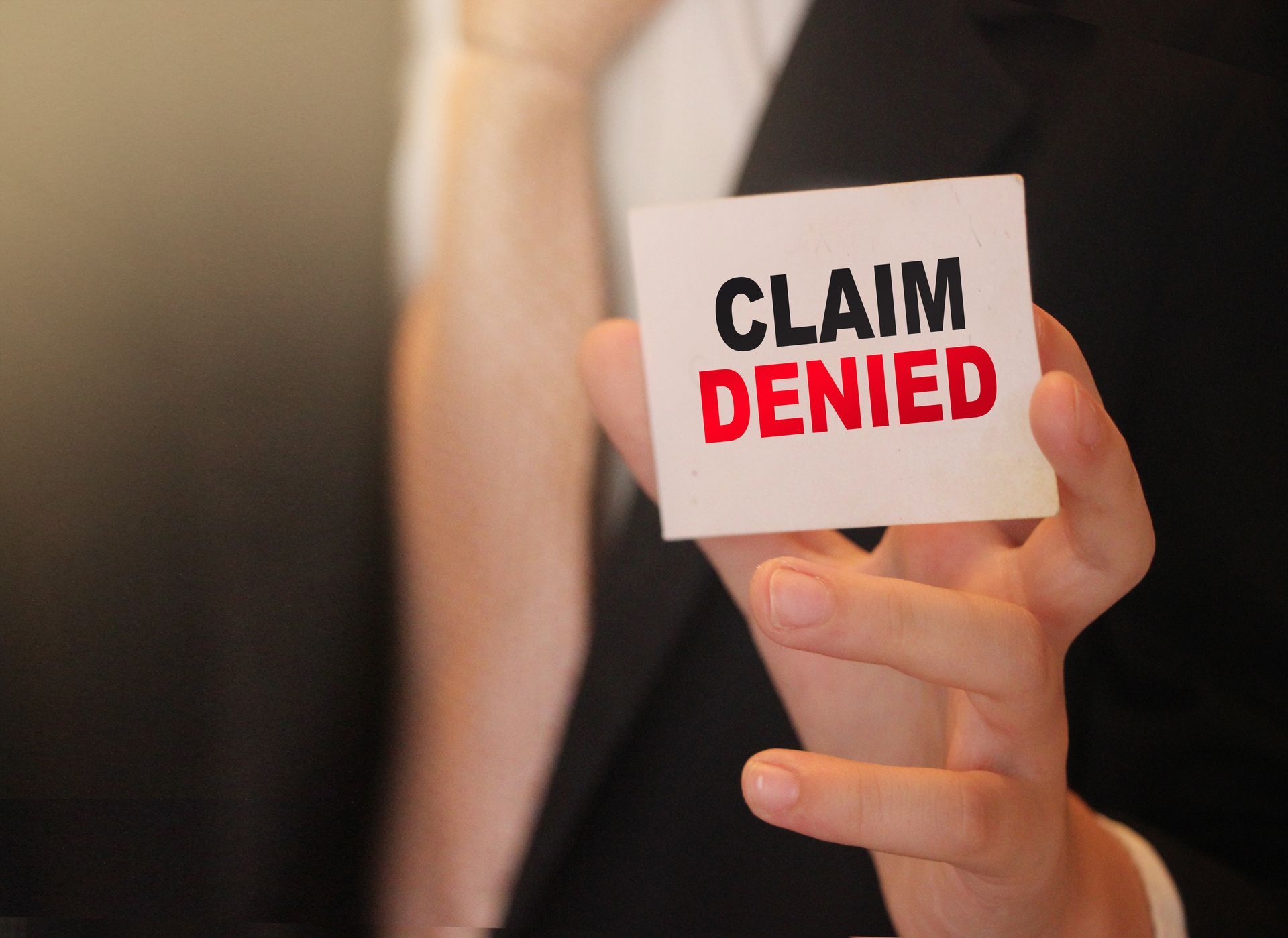Facts & Statistics Behind Texting While Driving

According to the Don’t Text & Drive campaign, people who send or read texts while driving are 23 times more likely to be involved in an accident than other motorists. An accident can happen quickly and driving while distracted can endanger not only your life but the lives of others. Unfortunately, these cases of distracted driving are on the rise. Despite common misconception, it is not only teenagers who are guilty of texting while driving.
General Texting and Driving Statistics
According to the National Safety Council, about 1.6 million car accidents every year are caused by cell phone use while driving, including texting. Texting alone causes around 330,000 injuries per year and about 3,500 of all traffic fatalities every year are caused by distracted drivers, according to the National Highway Traffic Safety Administration (NHTSA). In 2017, one-quarter of all accidents are caused by texting. While there is a great deal of information about the dangers of drinking and driving, a Virginia Tech Transportation Institute study found that texting while driving is 6x more likely to cause a crash than drinking.
Texting while driving is dangerous because it takes your eyes from the road. Even answering a quick text draws your attention off the road for around 5 seconds. If you are driving 55mph, this is enough time to drive the length of a football field.
Teen Texting Statistics
Every day, 11 teenagers are killed due to texting. While 94% of teen drivers admitted the dangers of texting and driving in a AAA survey, one-third still admitted they do it anyway. About 21% of all teen drivers involved in a fatal car crash were using their cell phone at the time of the accident. Teens are also 5x more likely than adults to get into an accident due to cell phone use.
One study from the University of Utah put this problem into another perspective by indicating that a teen driver’s reaction time while using a phone is equal to a 70-year-old motorist who is not using a phone.
Teenage drivers get a lot of the blame for texting and driving, but many adults also text while driving. According to an AT&T survey, 98% of adults agree that texting while driving is unsafe, yet 49% admit to doing it. This means that adults are more likely to text and drive than teenagers.
The AT&T survey found that teens and adults do have different reasons for texting behind the wheel. Adults are more likely to do it because they claim it helps them feel connected and it has become second nature. Teens, on the other hand, report that a reply from them is expected within 5 minutes. Teens also report that their parents’ behavior is a major influence on their actions. AT&T concluded that failing to have a parental rule against texting behind the wheel is one of the greatest predictors of whether a teen will text and drive.
Nevada Bans Texting While Driving
AT&T found that the greatest deterrent for texting and driving is the threat of a license suspension, followed by the possibility of a hefty ticket. Many states are now tackling this problem by instituting similar laws.
In Nevada, texting, accessing the internet, and using a handheld cell phone while driving is a misdemeanor. The laws aren’t yet very strict; a first offense is a $50 ticket and it is not treated as a moving violation. A second or subsequent offense results in 4 points against the driver’s license.
Distracted Driving in Personal Injury Cases
If you have been hurt in an accident that was caused by a driver who was texting or using their cell phone, you have the right to seek financial compensation from the at-fault driver. A driver does not have to be breaking the law to be found at fault for an accident, but someone who is texting while driving is violating Nevada traffic laws. The police responding to the scene will report their belief as to the cause of the accident and who is at fault, but an experienced personal injury attorney can also help you investigate your accident and subpoena the other driver’s cell phone records if necessary.
Someone who is found responsible for an accident due to distracted driving can be liable for damages that include medical bills, lost wages, reduced earning capacity, pain and suffering, and more. Contact Ahlander Injury Law to schedule your free consultation.
The post Facts & Statistics Behind Texting While Driving appeared first on Ahlander Injury Law.





